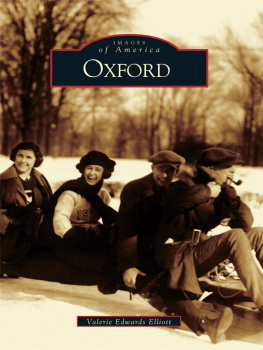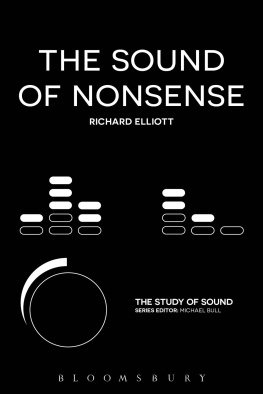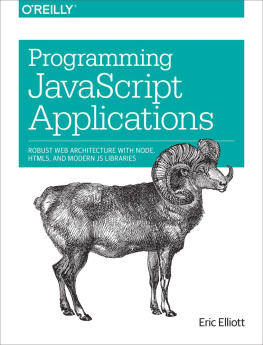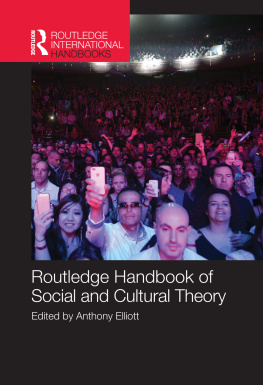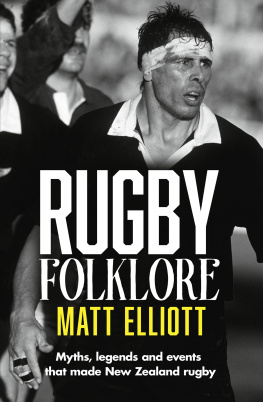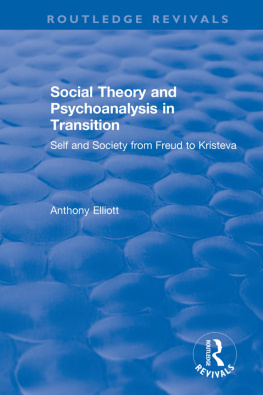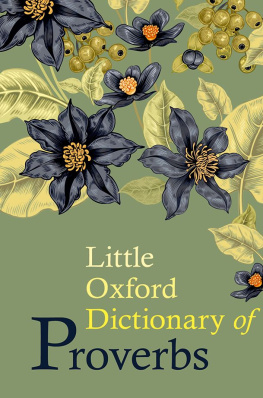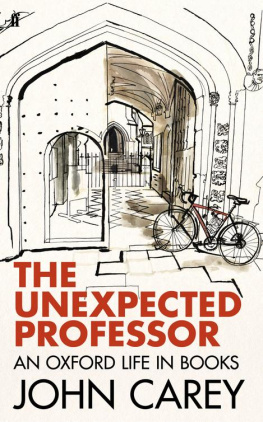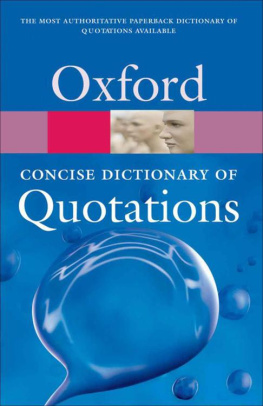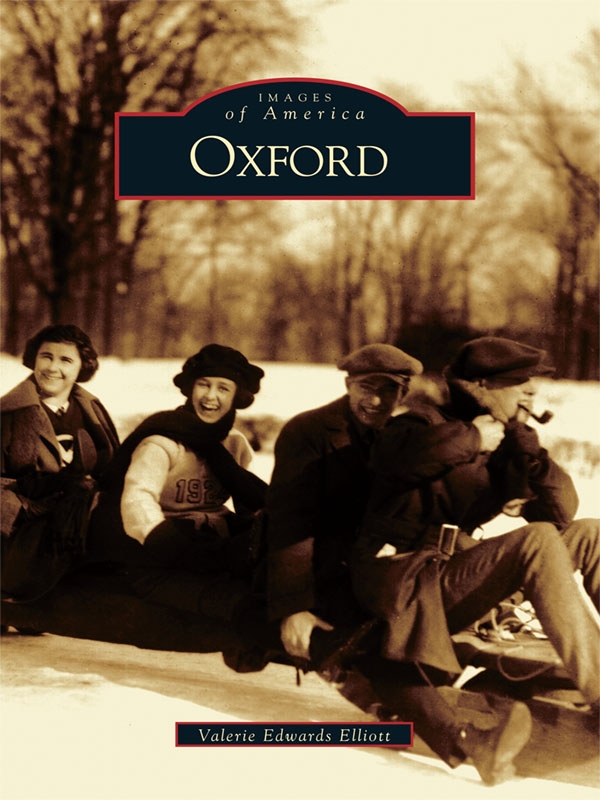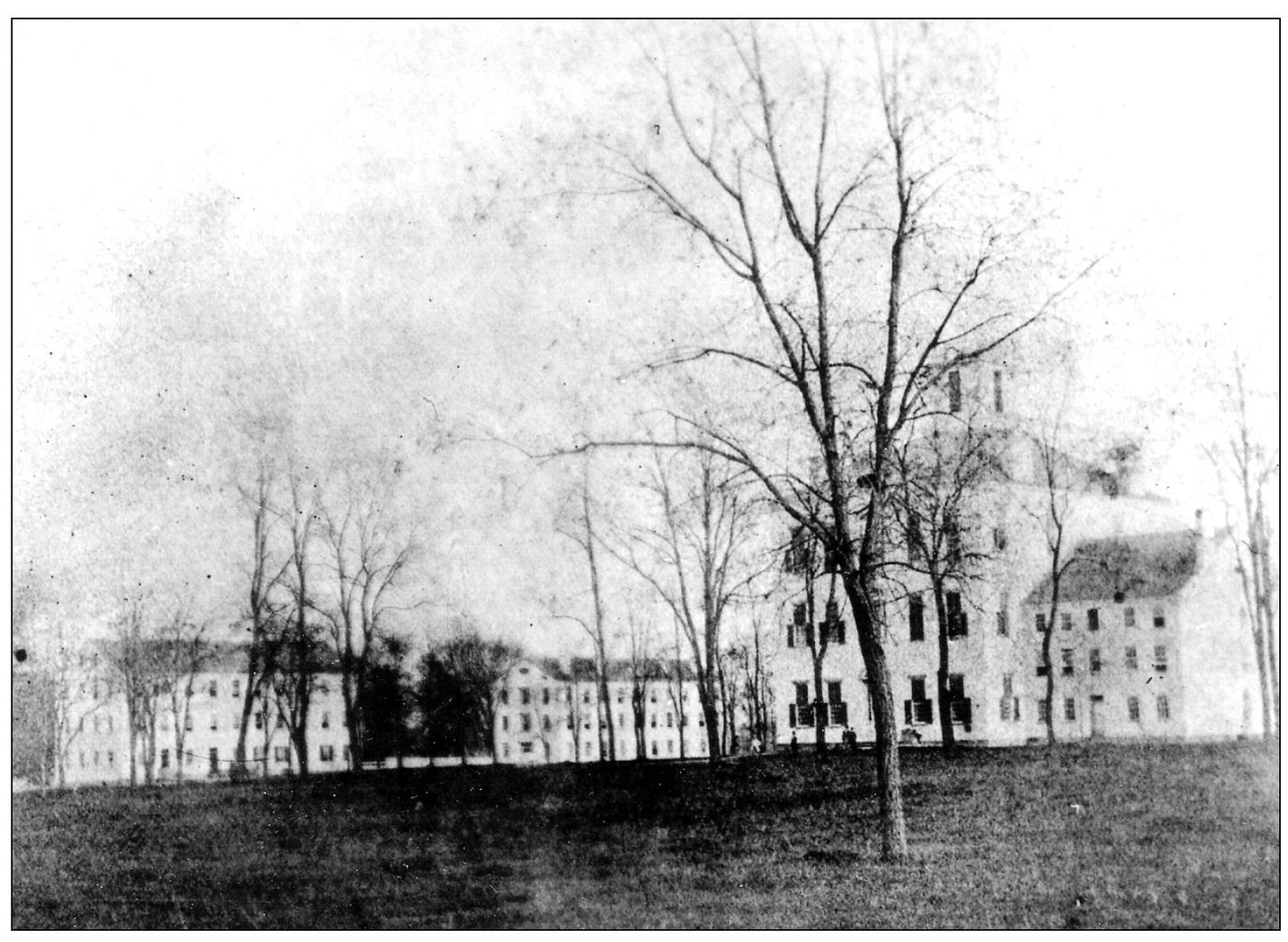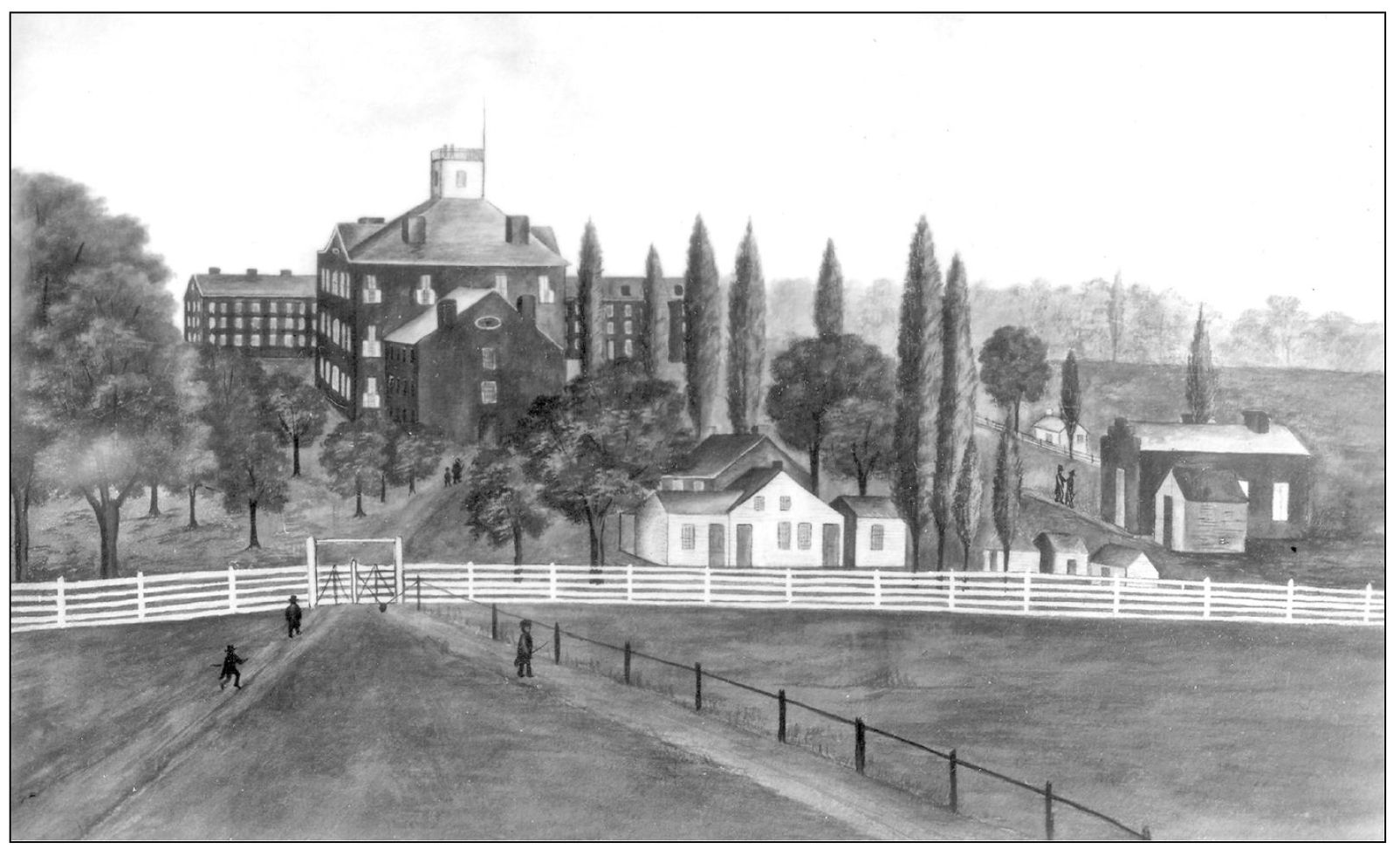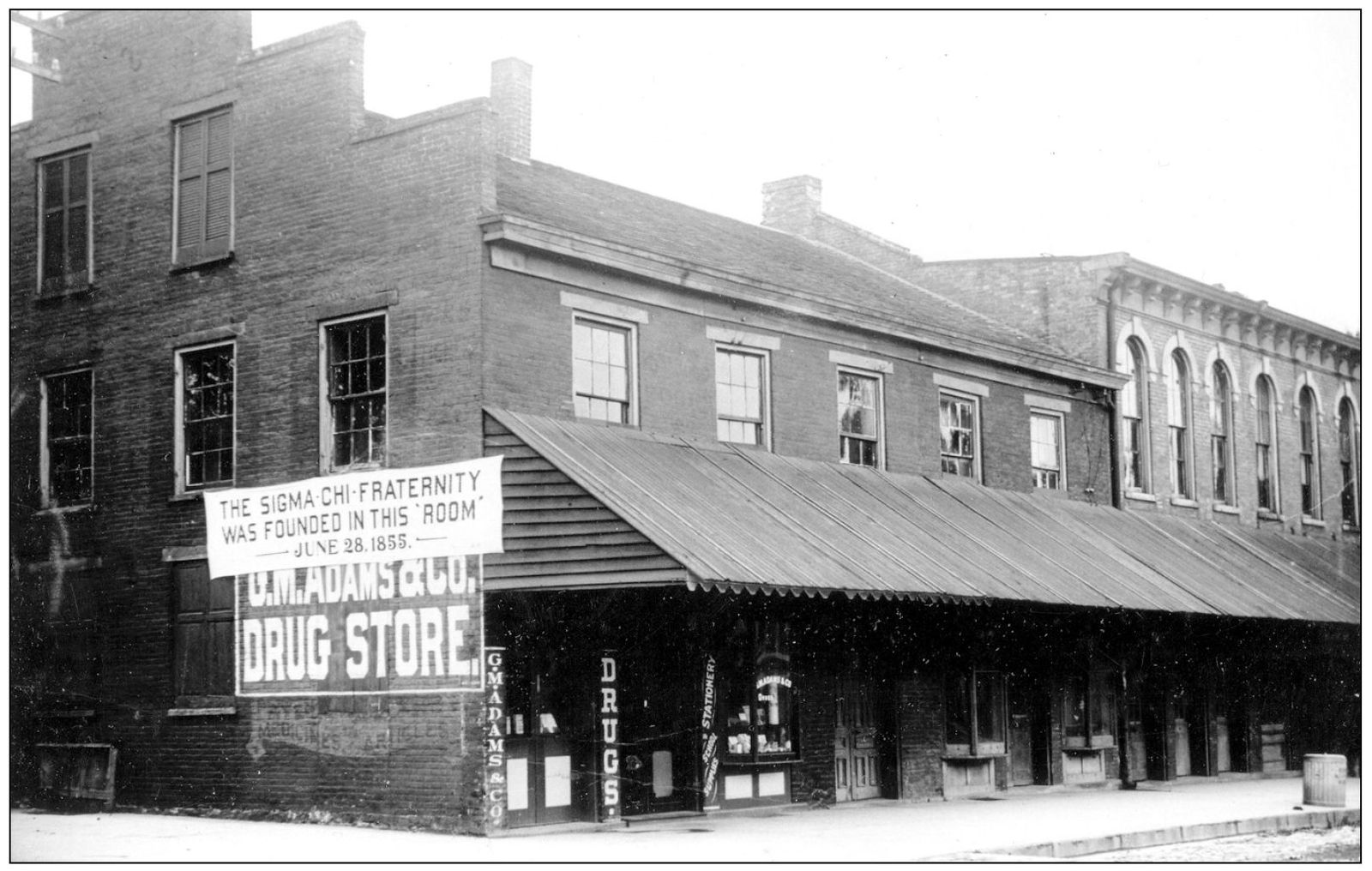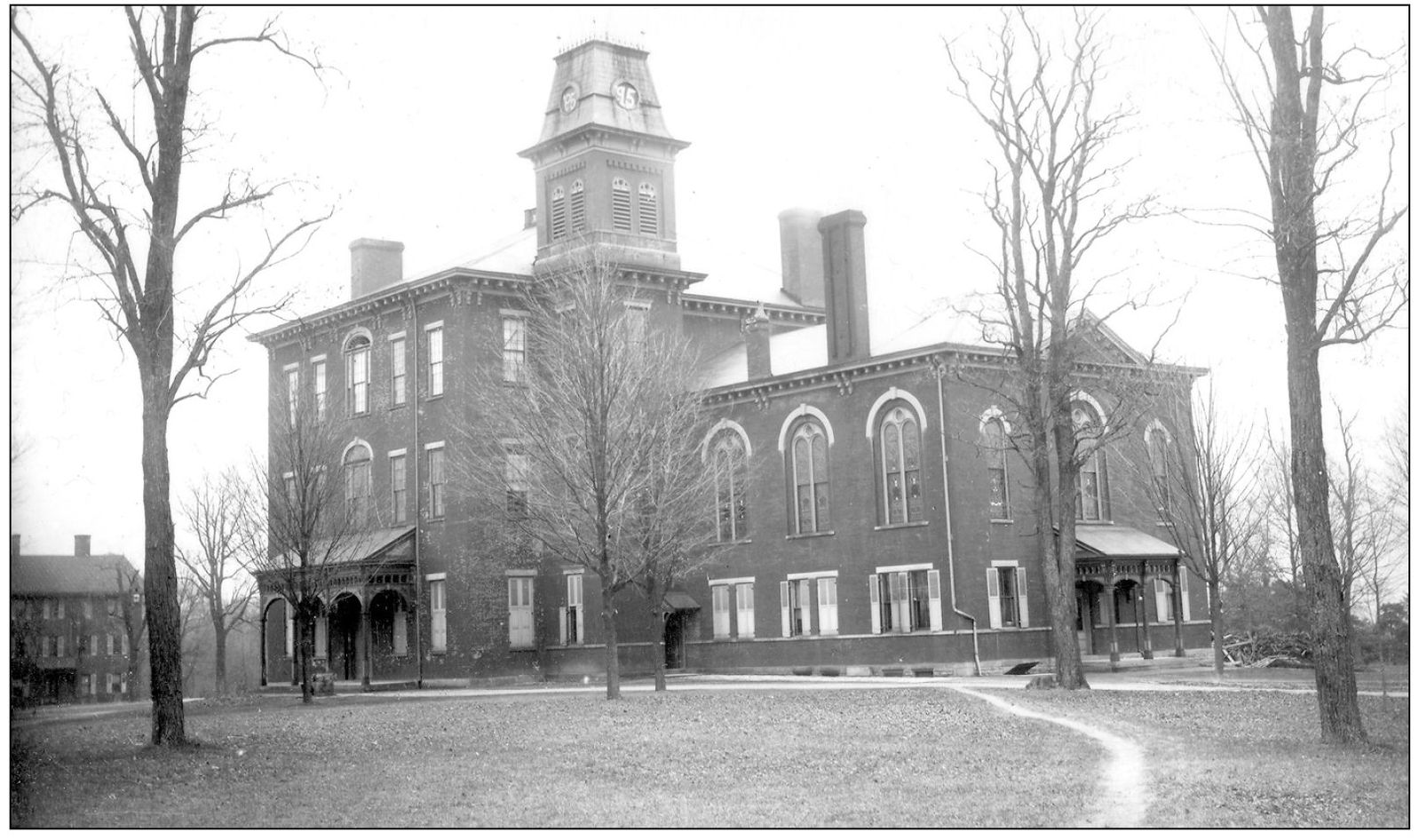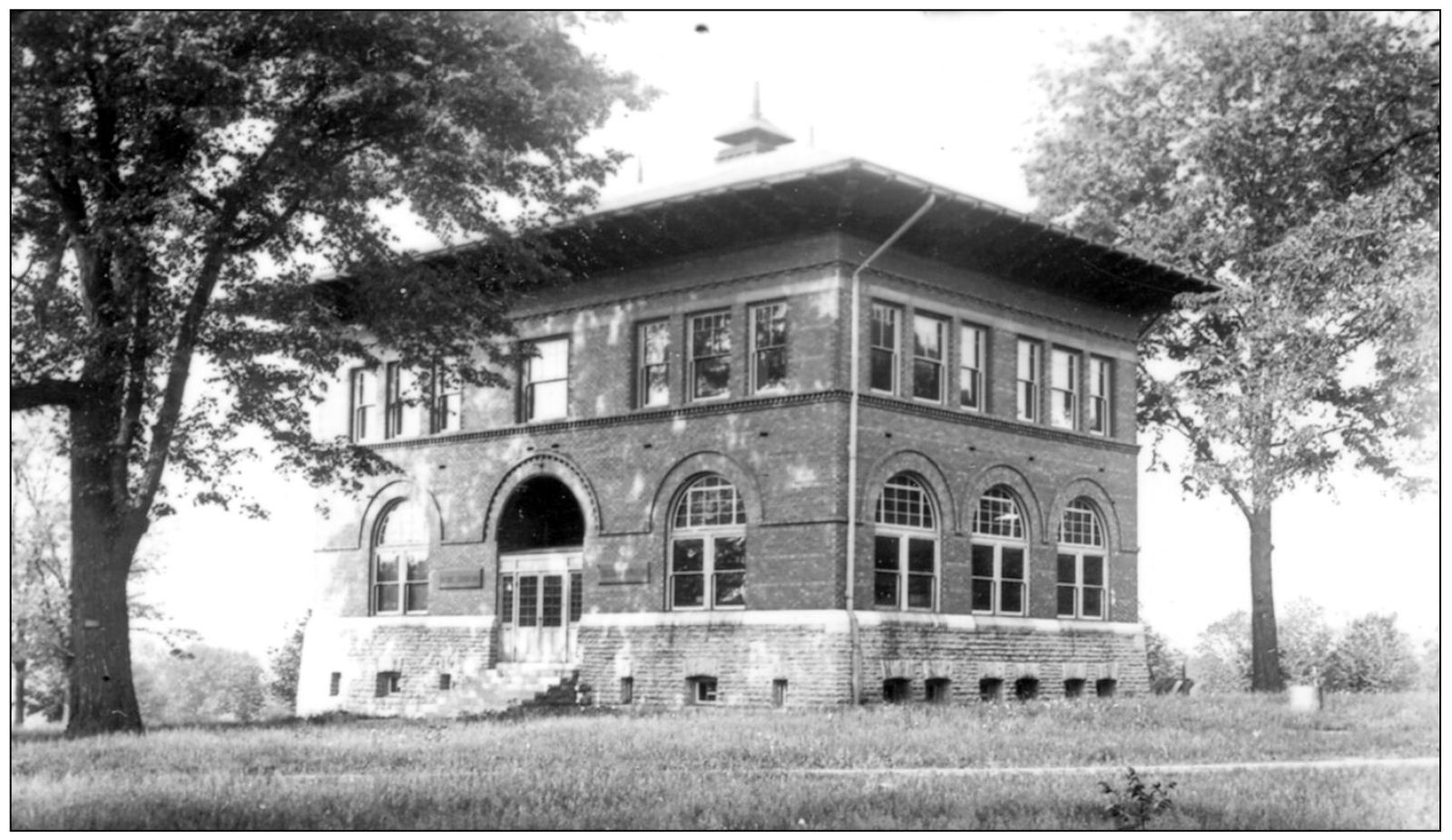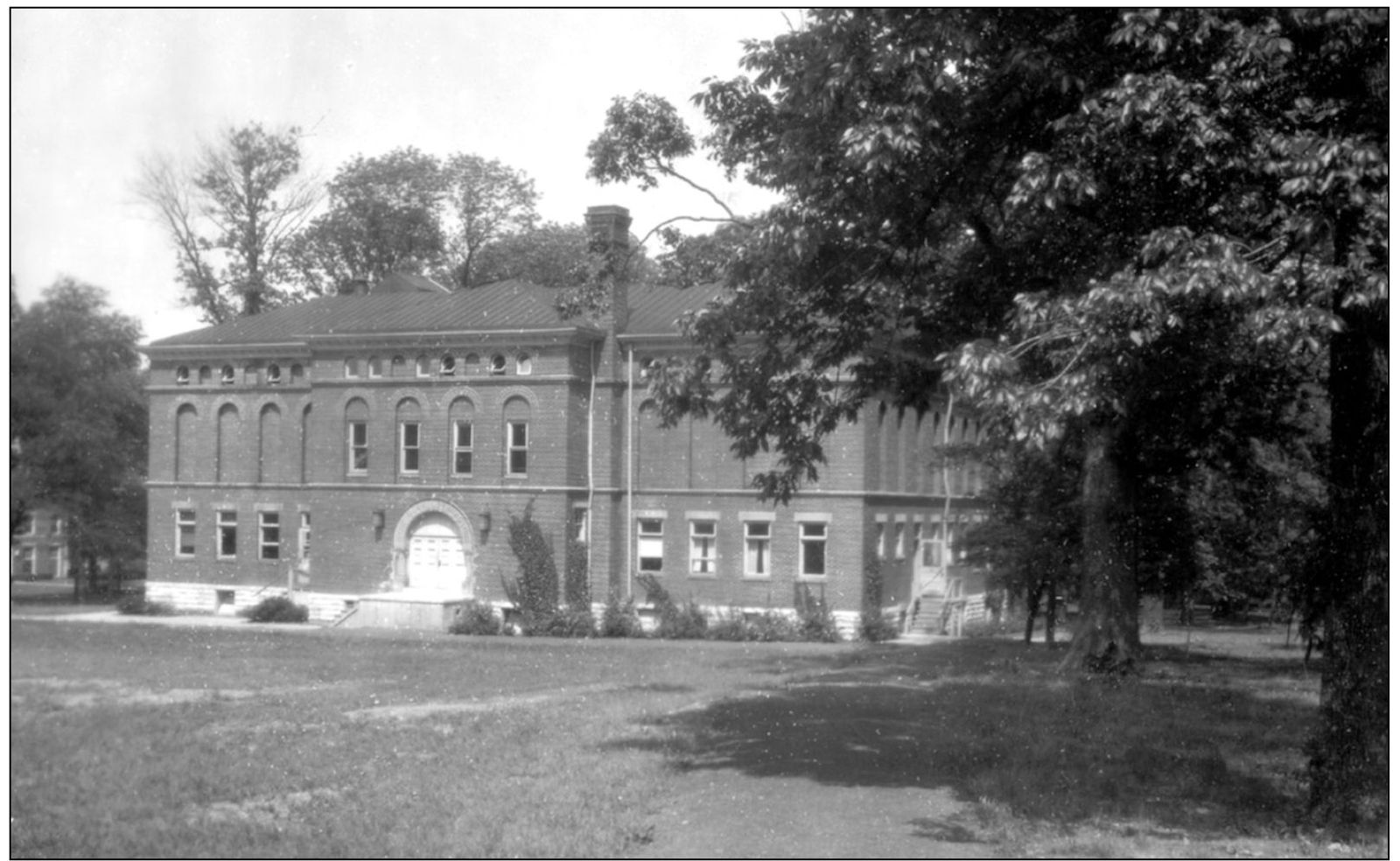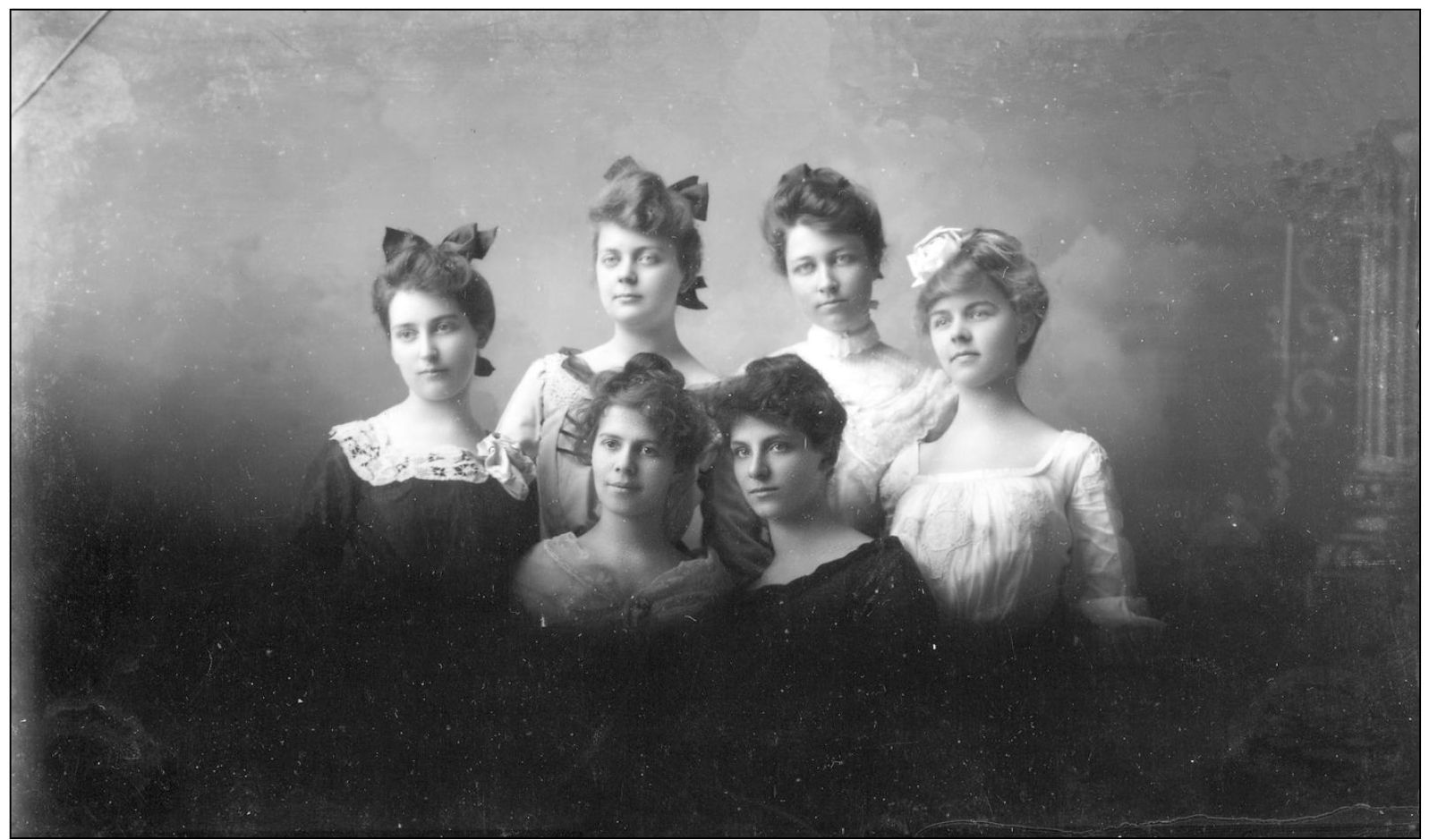ACKNOWLEDGMENTS
It is probably impossible to thank everyone who contributed to this book because many of the pictures in the Smith Library of Regional History were taken by photographers whose names are not known. We are indebted to them for the earliest images of Oxford that were taken in the nineteenth century. Photographs taken more recently were donated by the families of the photographers, and to them we are most grateful. The works of Frank R. Snyder (18751958) were made available by his son Frank K. Snyder; the photographs by Gilson P. Wright (19051998) were donated by his daughter Barbara Wright Reed; and the pictures by George R. Hoxie (19071984) were given by his widow and children.
To others who helped with this project, I offer my sincere appreciation. Dr. Robert Schmidt, Miami University archivist, answered many questions about the history of Miami University. Diane Kaufman of the Western College Memorial Archives was extremely helpful in tracking down specific views of buildings on the Western campus and allowing us to add a few to the Smith Librarys collection. I am indebted to Arthur Miller, Oxfords first African-American vice-mayor (among other firsts), who donated materials to the Library and provided answers to numerous questions.
Thanks go to Dr. Robert T. Rhode, professor of English at Northern Kentucky University and author on the steam-power era, for sharing his expertise on farm machinery. I am also grateful to Robert E. White, former Oxford Press editor and publisher, whose many years in Oxford make him a valuable source of information. Additionally I want to thank Dr. Phillip R. Shriver, president emeritus of Miami University, for his suggestions on the Miami chapter and Dr. Curtis Ellison, Miami professor and former dean, for similar assistance on the Western College chapter.
Library Assistants Terry Beck and the late Sheila Aranyos deserve thanks for answering my telephone questions with the same professionalism that is extended to all Smith Library users. I am also very grateful to Bill Hudgins, the Lane Public Libraries Technology Trainer, for his assistance with the digital image reproduction.
And special thanks go to my husband J and sons Joseph and James for all their support (and computer assistance) even though this project took considerably longer than expected.
Find more books like this at
www.imagesofamerica.com
Search for your hometown history, your old
stomping grounds, and even your favorite sports team.
One
FIRST A UNIVERSITY
In 1809, Miami University was chartered by the State of Ohio and named for the Native Americans who had previously inhabited the area. By 1818, the first section of the main academic building was completed on the University Square and named Franklin Hall. It can be seen here as the small wing on the large building at the right.
An addition to Franklin Hall, topped with a cupola, was completed in 1824. Initially called the Center Building (and coated with whitewash), it housed a chapel, library, recitation rooms, and meeting halls for literary societies. The North Dormitory (center) was built in the 1820s and was followed by the South Dormitory (far right) in the 1830s. Both were renovated in the 1930s and given the names Elliott Hall and Stoddard Hall, respectively.
The first university classes were held in 1824 soon after the arrival of Miamis first president, Robert Hamilton Bishop. The presidents mansion (center foreground) was actually a log schoolhouse that had been enlarged, sided, and painted. Fourteen years later, a one-story science laboratory (far right) was constructed and was known for most of its 60 years as Old Egypt.
In the years prior to the Civil War, three fraternities were founded at Miami: Beta Theta Pi in 1839, Phi Delta Theta in 1848, and Sigma Chi in 1855. Known as the Miami Triad, these fraternities spread to other colleges, earning Miami the appellation Mother of Fraternities. Sigma Chi had its beginnings in a students room above this store at 20 East High Street.
Nicknamed Old Main, the largest building on Miamis campus underwent a major renovation after the Civil War. The original Franklin Hall portion was removed and replaced by a new west wing. A tower was added, and red paint was applied to the exterior whitewash. An improved appearance, however, was not enough to prevent impending bankruptcy brought on by low enrollment during and after the War. In 1873, Miami closed for 12 years.
With Miamis reopening in 1885 and the availability of state aid, new buildings began to appear. Shown here is Brice Scientific Hall, which was constructed in 1892. Funding came from the state and from Calvin Brice, a Miami alumnus and U.S. senator, who had made his fortune in railroads. Brice Hall was enlarged in 1905 and razed in 1970 to make room for the construction of King Library.
A gymnasium with an elevated running track was completed in 1897 and named for John W. Herron, university trustee and father-in-law of U.S. President Taft. In 1923, the building was moved in order to meet the requirement of a donor who stipulated that her new building (Ogden Hall) be located west of Herron Gymnasium. Herron was later renamed Van Voorhis Hall, listed in the National Register, and razed in 1986.
In 1898, another major construction project altered Old Main. An east wing and a second tower were added (at left). In the 1930s, the building was renamed Harrison Hall in honor of 1852 Miami graduate Benjamin Harrison, who served as U.S. President from 188993. In 1958, the building was torn down to make way for a new Harrison Hall.

